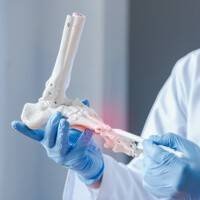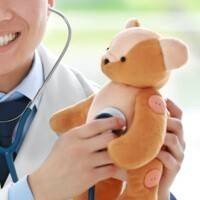Epidemiology
According to figures published by the Department of Health, approximately two to three percent of children have scoliosis. Of every 1,000 cases, two are classified as severe scoliosis, while the risk of developing severe scoliosis is eight times higher in females than males.
What is Scoliosis?
Scoliosis is a sideways curvature of the spine and often involves a “C” or “F”-shaped spine. The condition can be generally classified into: mild scoliosis (curve is over 10 degrees), moderate scoliosis (curve is between 20 and 40 degrees), and severe scoliosis (curve is more than 40 degrees). Patients with severe scoliosis may require spinal surgery.


















